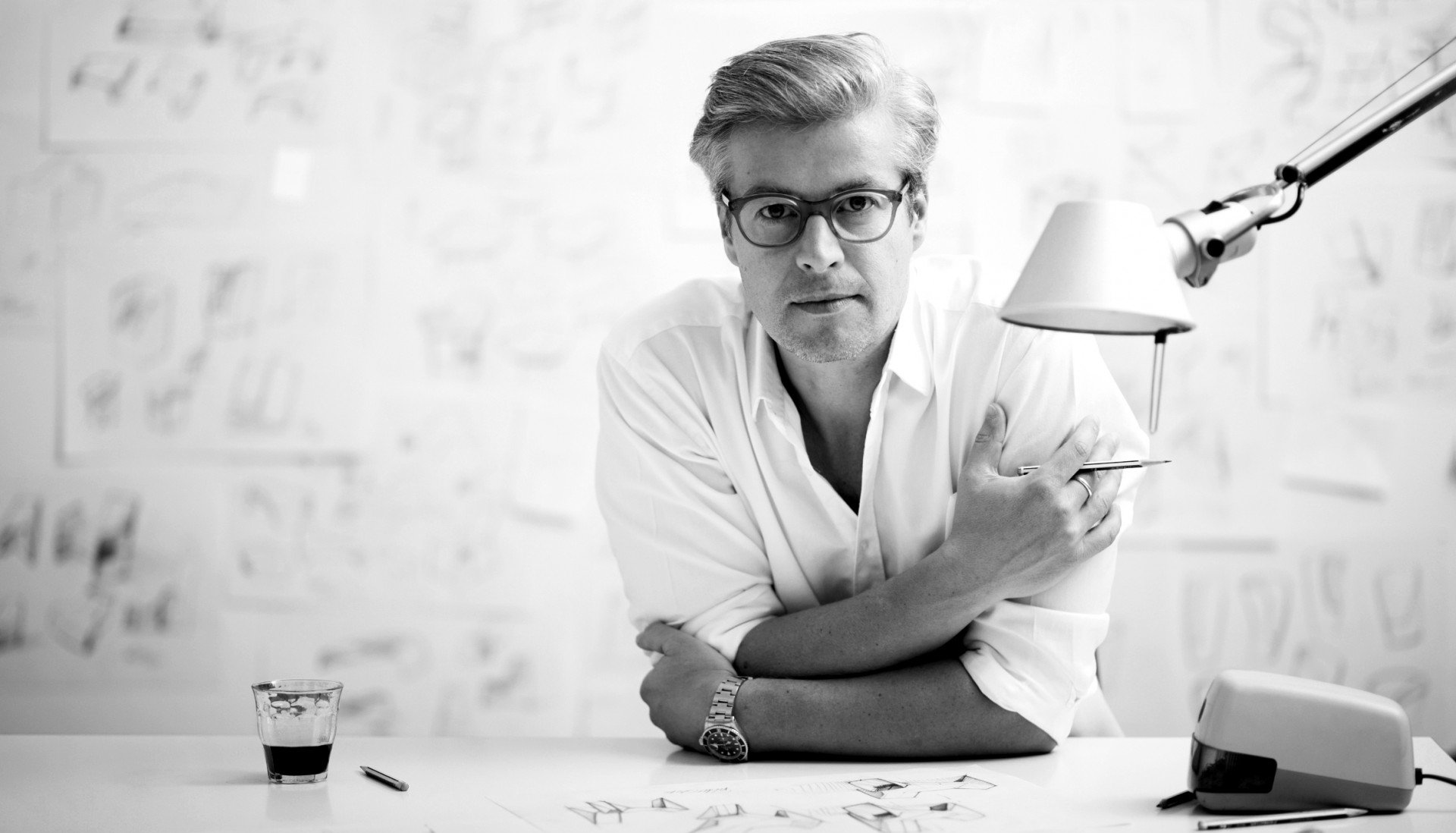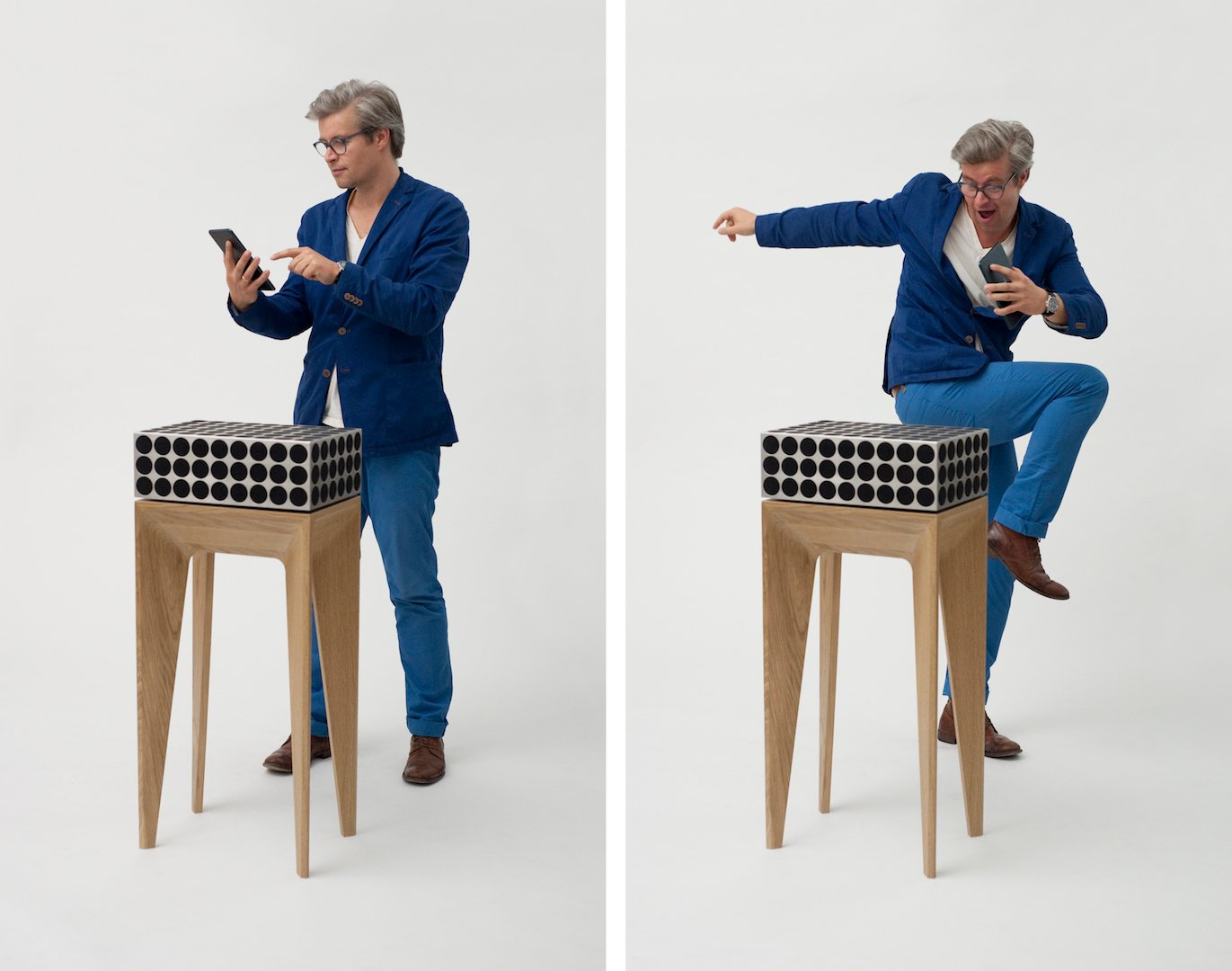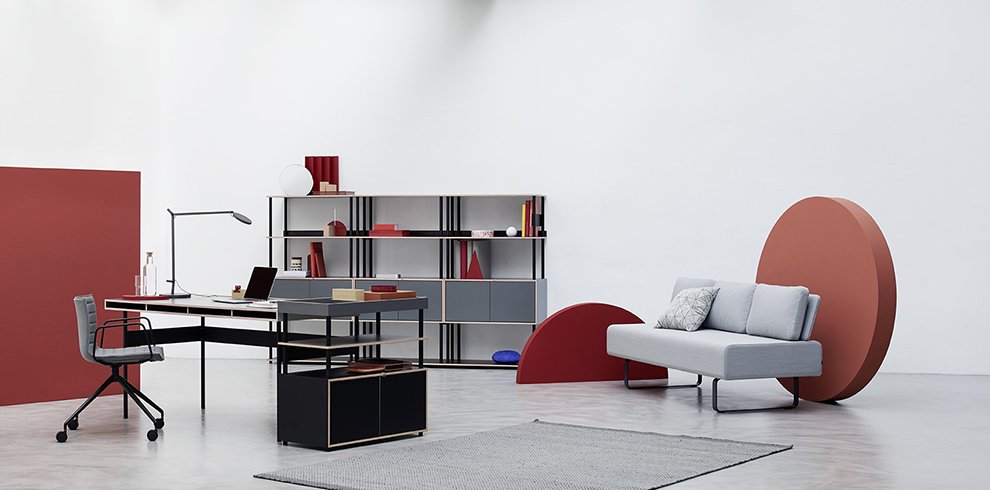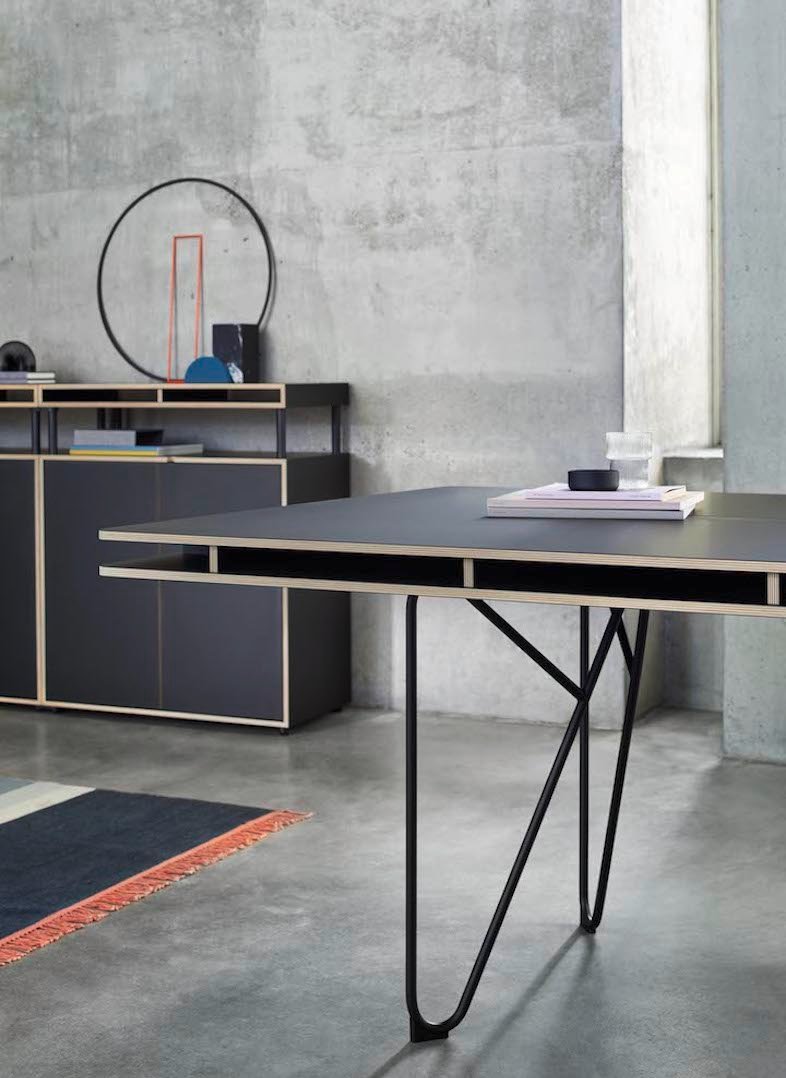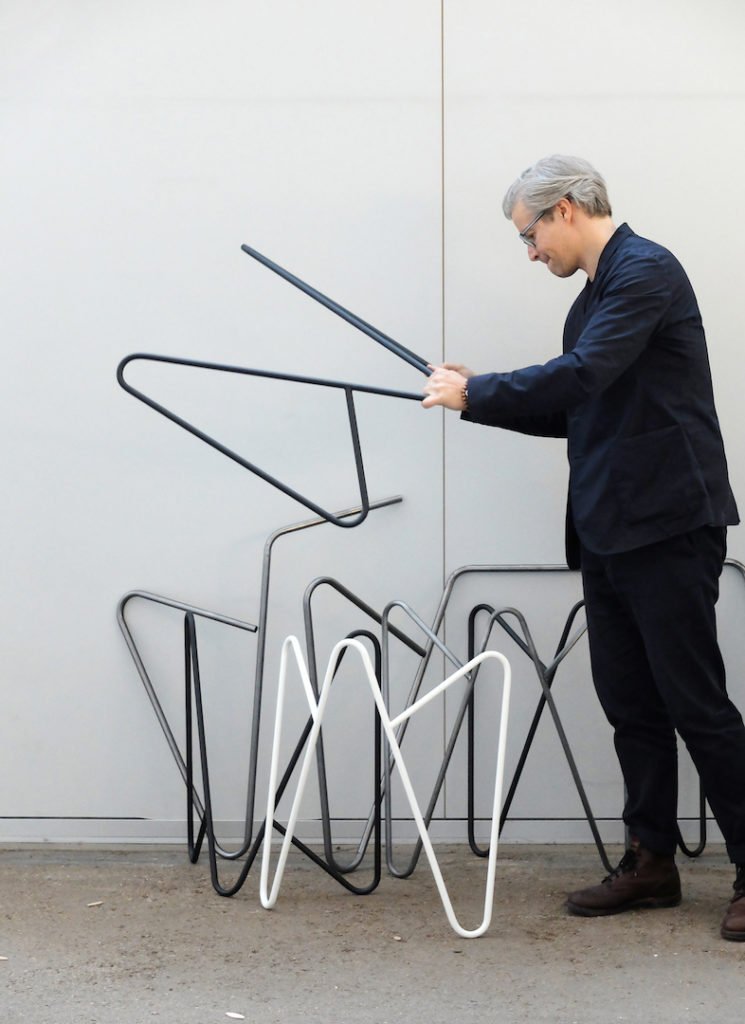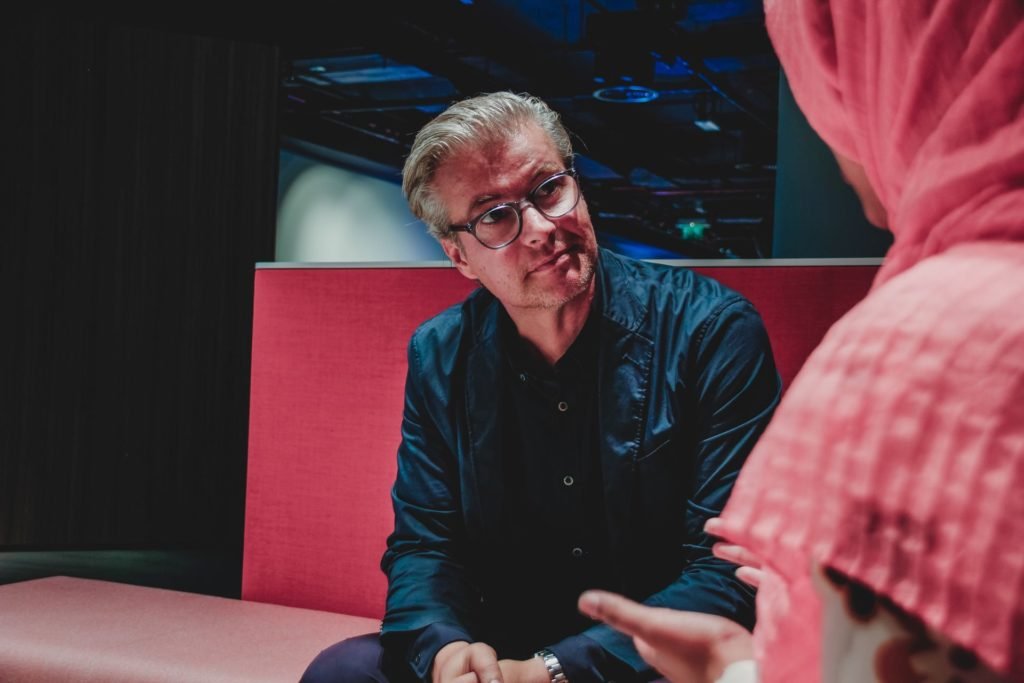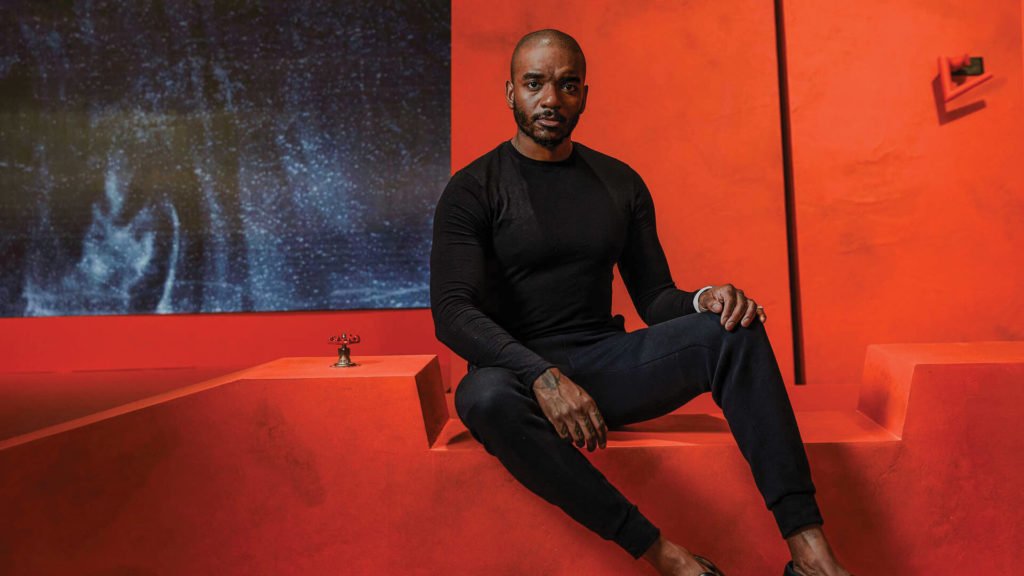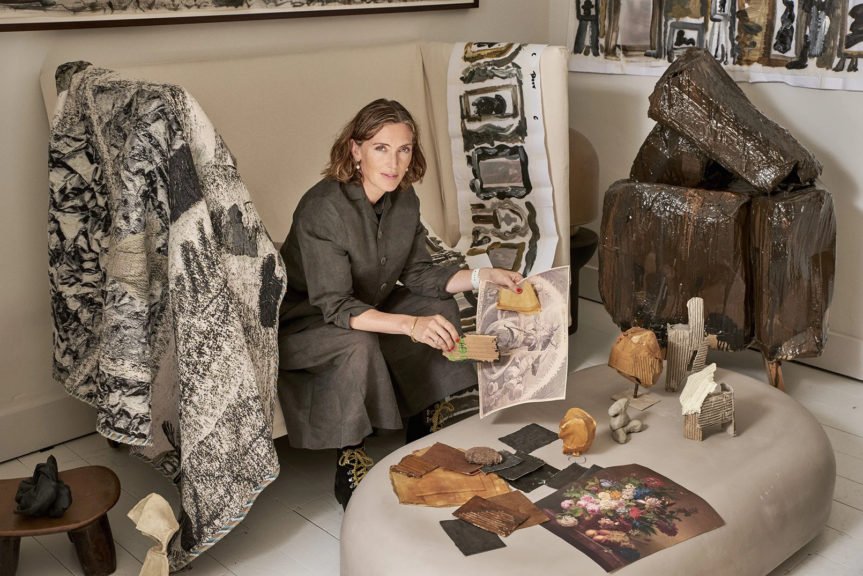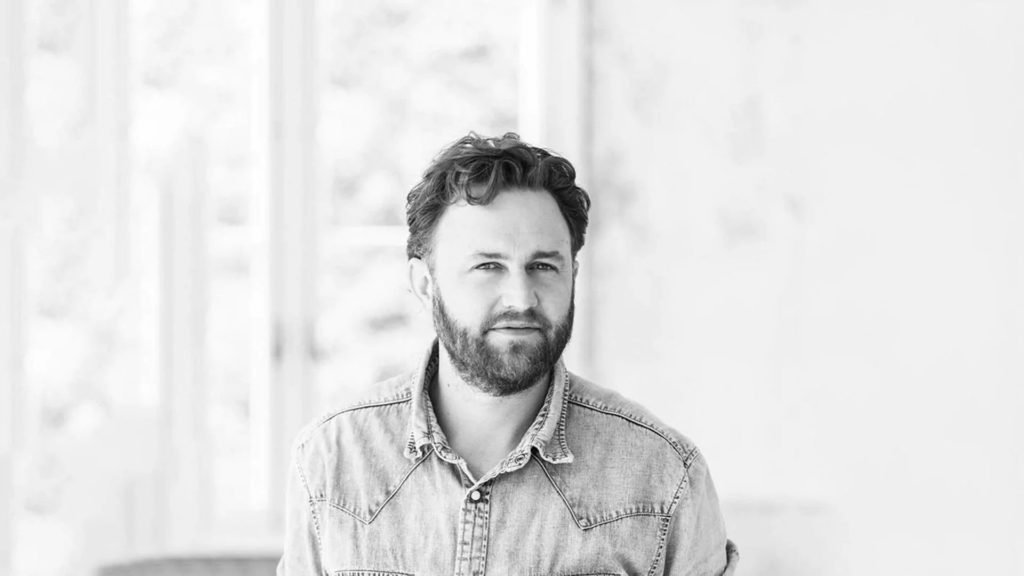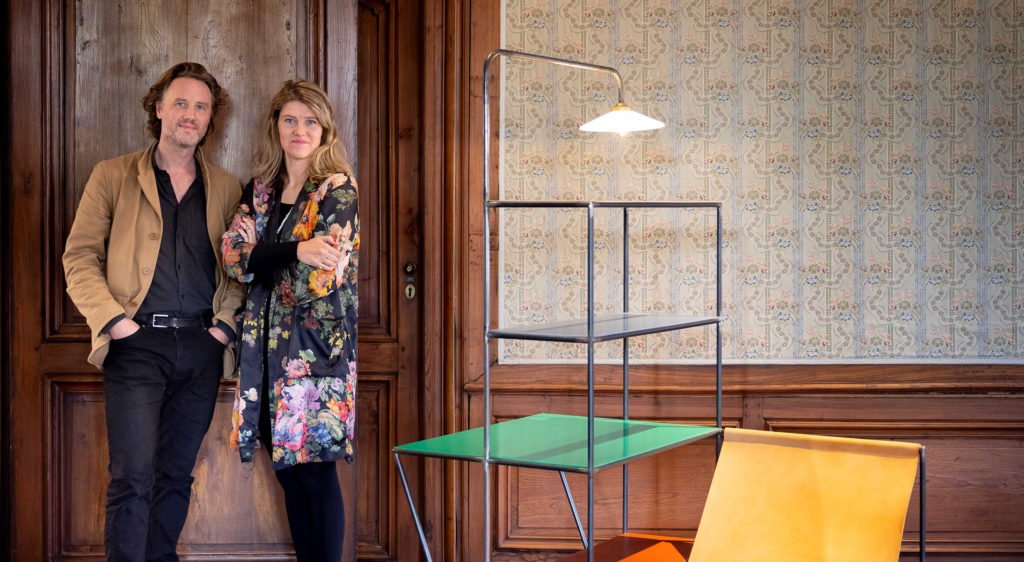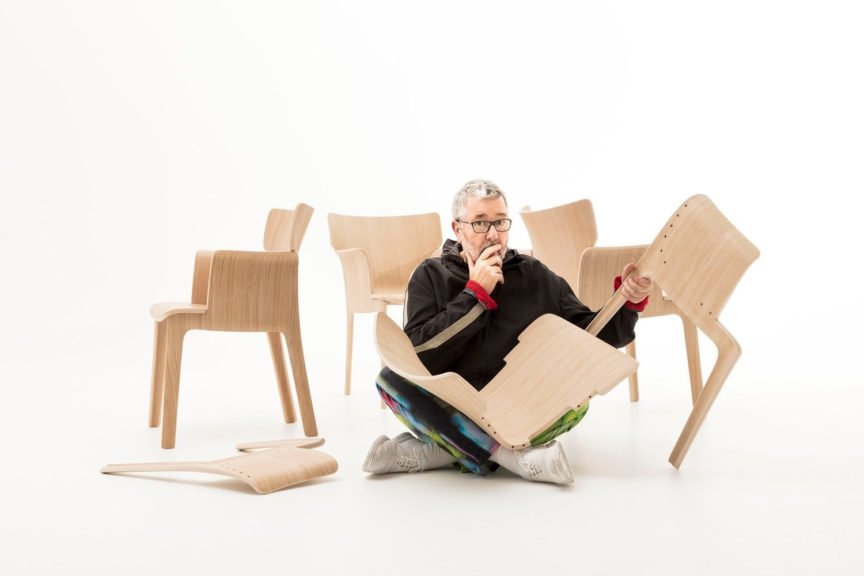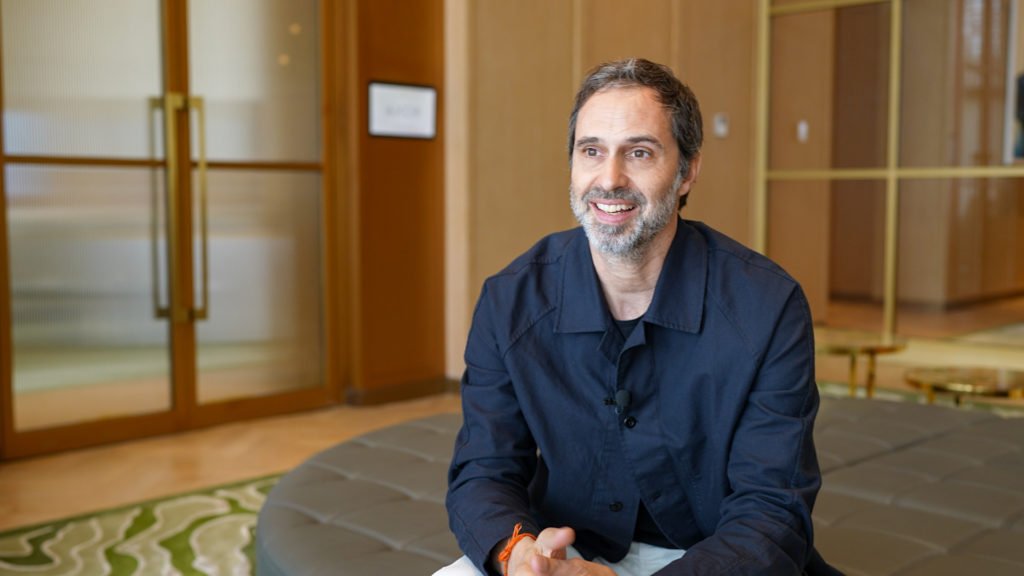The talented Thomas Feichtner is a man driven to design experiences that break down the status quo of traditional workspace furniture. And he started with his latest collection for Bene, titled STUDIO. The designer was in Dubai for its launch in d3, and we jumped at the chance to meet him and dig into his design psyche.
The versatility of this Brazilian born, Austrian product designer is represented by the mega brands he has collaborated and worked with, such as Swarovski, Bene, Adidas, Absolut, Augarten, J&L Lobmeyr, Neue Wiener Werkstätten, TON and Carl Mertens. He has also realised projects in cooperation with manufacturers such as Vitra, Thonet, and FSB. And his work is placed between mass produced products and one-of-a-kind works of art. Add to these amazing design credentials and collection of international awards, is his written work, Edge to Edge and Design Unplugged, both released and honored by the Austrian Museum of Applied Arts.
The range and flexibility of Thomas Feichtner’s design portfolio is truly astounding. For example, the pandoretta° with the optional base°, is a 360 degree wireless sound system designed for POET Audio. Using steel and timber, and staying away from plastic, the pandoretta° offers deceptively high quality build and a sculptural aesthetic, with exceptional sound.

